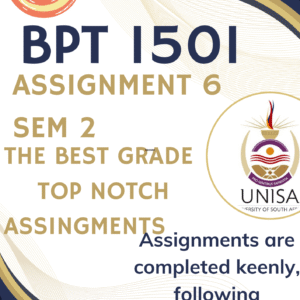Description
This proposal explores a key challenge in South African language education: the effect of code-switching on reading comprehension among Grade 7 learners in multilingual classrooms. Although English becomes the Language of Learning and Teaching (LoLT) from Grade 4 onward, many learners continue to rely heavily on their home languages. Teachers frequently use code-switching—alternating between English and learners’ home languages—as a strategy to explain difficult concepts or connect with students. However, there is limited research on whether this approach supports or undermines long-term comprehension and literacy development.
Grounded in Cummins’ Interdependence Hypothesis and translanguaging theory, the study aims to assess the frequency and function of code-switching in real classrooms, its correlation with learner comprehension scores, and learners’ own perceptions of its usefulness. The findings could inform classroom practice, teacher training, and policy development by clarifying whether code-switching should be encouraged, limited, or better structured. This research is particularly relevant to the Intermediate Phase, where strong reading skills are critical for academic success and the transition into the Further Education and Training (FET) band.






![HED4812 FINAL REFLECTIVE JOURNAL EXIT ASSESSMENT 2024 ANSWERS [07 JANUARY 2024]](https://studypass.co.za/wp-content/uploads/2024/11/Beige-Aesthetic-Event-Proposal-3-300x300.jpg)

















Reviews
There are no reviews yet.